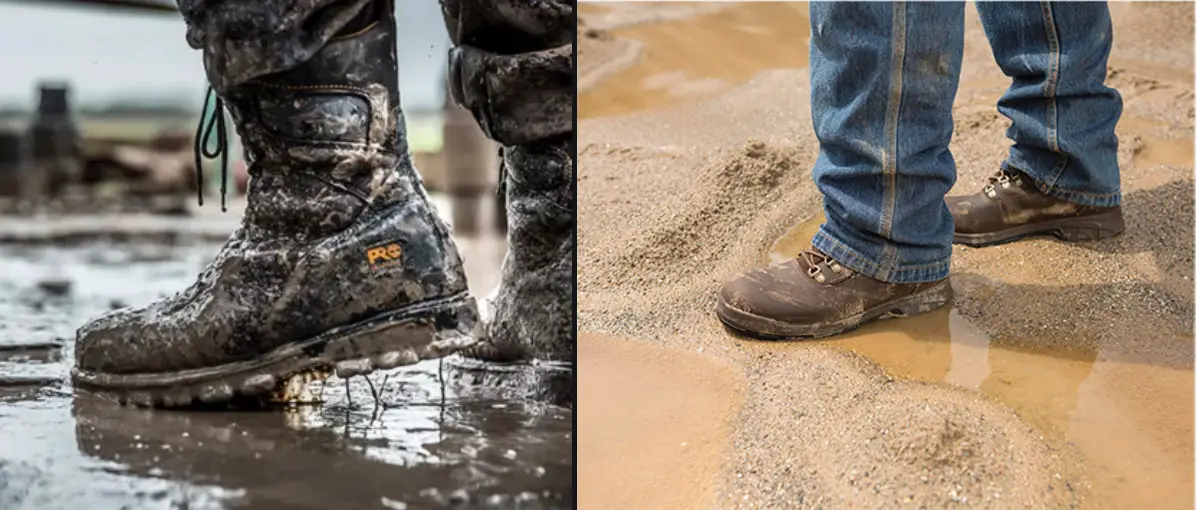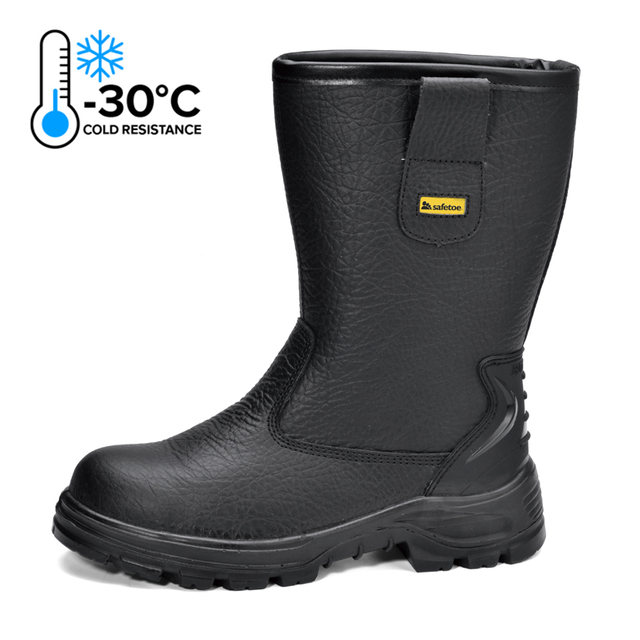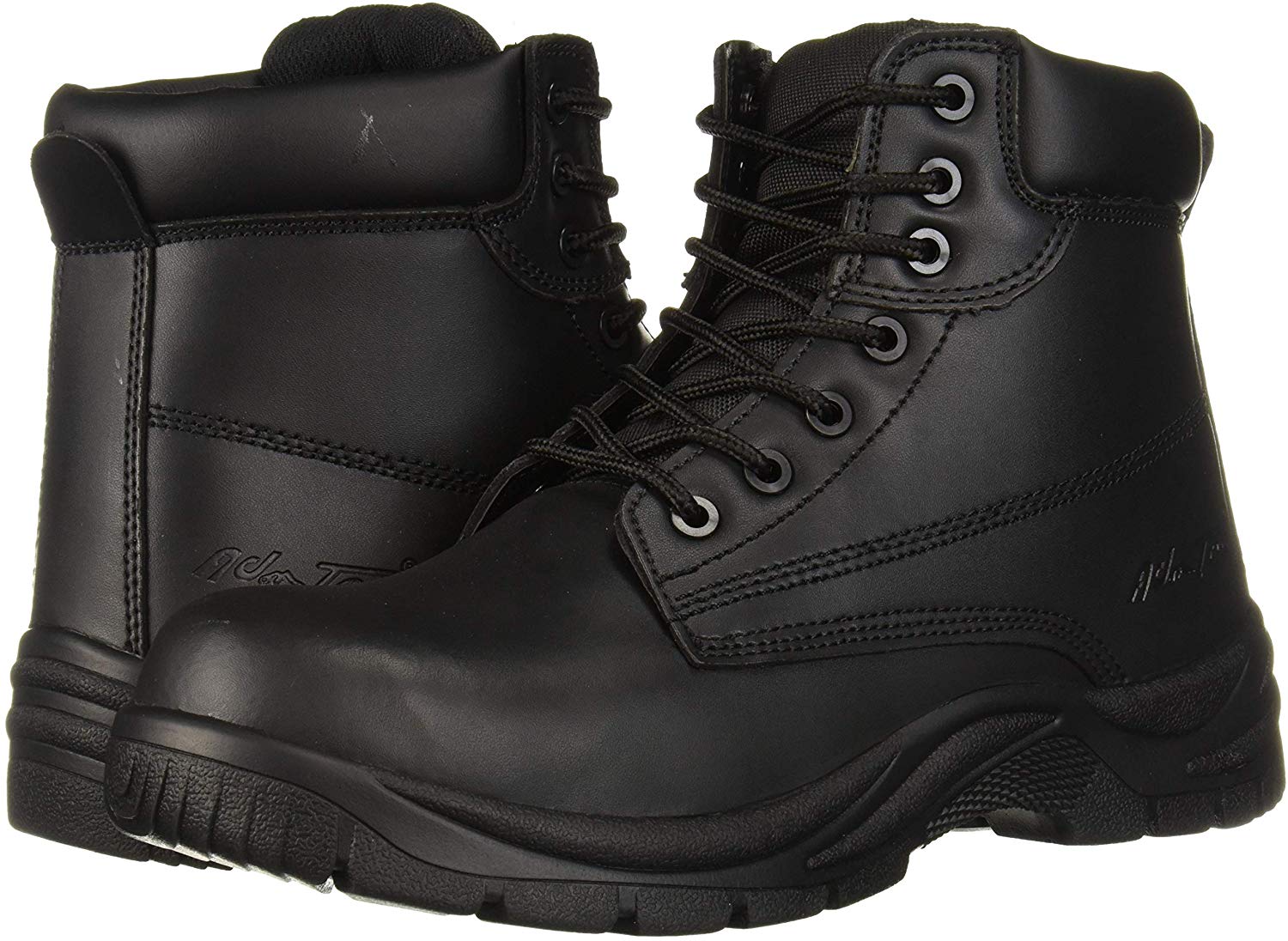Slippery Surfaces and the Risks of Workplace Accidents
Slippery surfaces are a common hazard in many workplaces, posing a significant threat to the safety and well-being of employees. According to the Bureau of Labor Statistics, slips, trips, and falls are among the leading causes of workplace accidents, resulting in thousands of injuries and fatalities every year. The consequences of these accidents can be devastating, not only for the affected workers but also for their families and employers. In addition to the human toll, workplace accidents can also lead to significant financial losses, decreased productivity, and damage to a company’s reputation.
In industries where oil and other hazardous substances are present, the risks associated with slippery surfaces are particularly high. Oil rigs, manufacturing facilities, and construction sites are just a few examples of workplaces where the presence of oil and other liquids can create slippery surfaces. In these environments, wearing the right footwear is crucial to preventing accidents. Oil resistant slip resistant work boots, in particular, can provide a secure grip on slippery surfaces, reducing the risk of falls and injuries.
How to Choose Oil Resistant Boots for Maximum Protection
When it comes to selecting oil resistant boots, it’s essential to choose a pair that meets specific safety standards and regulations. Oil resistant boots are designed to provide protection against oil and other hazardous substances, but not all boots are created equal. To ensure maximum protection, look for boots that meet or exceed industry standards, such as those set by the American Society for Testing and Materials (ASTM) and the Occupational Safety and Health Administration (OSHA).
One key consideration is the difference between oil resistant and oil proof boots. Oil resistant boots are designed to resist the penetration of oil and other liquids, but may not be completely impermeable. Oil proof boots, on the other hand, are designed to be completely impermeable to oil and other liquids. Depending on the specific hazards present in your workplace, you may need oil proof boots to ensure maximum protection.
In addition to meeting safety standards, consider the specific features and technologies used in the boots. Look for boots with slip resistant soles, breathable membranes, and durable materials that can withstand the demands of your workplace. By choosing the right oil resistant boots, you can reduce the risk of accidents and ensure a safe working environment.
Slip Resistant Technology: What to Look for in a Boot
Slip resistant technology is a critical component of oil resistant slip resistant work boots. The right technology can mean the difference between a safe working environment and a hazardous one. When it comes to slip resistant technology, there are several key factors to consider.
One of the most important factors is the type of material used in the boot’s outsole. Look for boots with outsoles made from high-quality rubber compounds that are specifically designed to provide traction on slippery surfaces. Additionally, consider boots with unique tread patterns, such as lugs or cleats, that are designed to grip slippery surfaces and provide stability.
Another key factor is the boot’s slip resistance rating. Many oil resistant slip resistant work boots are rated according to their slip resistance, with higher ratings indicating greater traction. Look for boots with high slip resistance ratings, such as those that meet or exceed the standards set by the ASTM.
In addition to material and tread pattern, consider the boot’s overall design and construction. Look for boots with a low center of gravity, which can help to reduce the risk of slips and falls. Also, consider boots with features such as ankle support and cushioning, which can help to reduce fatigue and discomfort.
By understanding the technology behind slip resistant boots, you can make an informed decision when selecting oil resistant slip resistant work boots for your workplace. Remember, the right boots can help to prevent accidents and ensure a safe working environment.
Top Rated Oil Resistant Slip Resistant Work Boots for Various Industries
When it comes to selecting the right oil resistant slip resistant work boots for your industry, there are many options to choose from. Here, we’ll review and compare top-rated oil resistant slip resistant work boots for different industries, including construction, manufacturing, and oil rigging.
In the construction industry, the Thorogood American Made 8-Inch Work Boot is a top choice. This boot features a rugged outsole with deep lugs for traction on slippery surfaces, as well as a breathable membrane to keep feet cool and dry. For manufacturing, the Dr. Martens Ironbridge ST Work Boot is a popular option. This boot features a slip-resistant outsole with a unique tread pattern, as well as a comfortable, cushioned insole.
In the oil rigging industry, the Justin Original Work Boots are a top choice. These boots feature a rugged, oil-resistant outsole with a deep lug pattern, as well as a comfortable, breathable upper. Additionally, they meet or exceed ASTM and OSHA safety standards for oil resistant slip resistant work boots.
Other top-rated oil resistant slip resistant work boots include the Carhartt CMF6371 6-Inch Work Boot, the Timberland PRO Boondock Work Boot, and the Wolverine Raider Work Boot. Each of these boots features unique technologies and designs to provide traction, comfort, and protection on the job.
When selecting oil resistant slip resistant work boots for your industry, be sure to consider factors such as safety standards, comfort, and durability. By choosing the right boots, you can help to prevent accidents and ensure a safe working environment.
The Importance of Comfort and Durability in Work Boots
When it comes to oil resistant slip resistant work boots, comfort and durability are often overlooked in favor of safety features and technical specifications. However, these factors are crucial to ensuring worker productivity and job satisfaction.
Comfortable work boots can make a significant difference in a worker’s ability to perform their job effectively. Boots that are too tight, too loose, or lack adequate cushioning can lead to fatigue, discomfort, and even injury. On the other hand, boots that are designed with comfort in mind can help to reduce fatigue and improve overall job performance.
Durability is also a critical factor in oil resistant slip resistant work boots. Boots that are poorly constructed or made with low-quality materials can fail to provide adequate protection, leading to accidents and injuries. On the other hand, boots that are built to last can provide years of reliable service, reducing the need for frequent replacements and saving employers money in the long run.
When selecting oil resistant slip resistant work boots, look for features such as breathable membranes, cushioned insoles, and high-quality materials. Additionally, consider the boot’s overall design and construction, including the quality of the stitching, the durability of the outsole, and the comfort of the upper.
By prioritizing comfort and durability in oil resistant slip resistant work boots, employers can help to improve worker productivity and job satisfaction, while also reducing the risk of accidents and injuries. Remember, investing in high-quality work boots is an investment in the safety and well-being of your workers.
Meeting Safety Standards: What to Look for in Oil Resistant Boots
When it comes to oil resistant slip resistant work boots, meeting safety standards is crucial to ensuring workplace safety and preventing accidents. In the United States, the Occupational Safety and Health Administration (OSHA) and the American Society for Testing and Materials (ASTM) are two of the primary organizations responsible for setting and enforcing safety standards for work boots.
OSHA requires employers to provide personal protective equipment (PPE) that meets specific safety standards, including oil resistant slip resistant work boots. ASTM, on the other hand, provides detailed specifications for the design, testing, and performance of work boots, including oil resistant slip resistant boots.
When selecting oil resistant slip resistant work boots, look for boots that meet or exceed ASTM standards, such as ASTM F2413-18a, which outlines the requirements for performance, testing, and labeling of protective footwear. Additionally, ensure that the boots comply with OSHA regulations, including 29 CFR 1910.136, which outlines the requirements for personal protective equipment in the workplace.
Some key features to look for in oil resistant slip resistant work boots that meet safety standards include:
- Slip-resistant outsoles that provide traction on oily or slippery surfaces
- Oil-resistant materials that prevent the penetration of oil and other chemicals
- Impact-resistant toes and midsoles that protect the foot from injury
- Electrical hazard protection that prevents electrical shock
- Comfortable, breathable designs that reduce fatigue and discomfort
By selecting oil resistant slip resistant work boots that meet or exceed safety standards, employers can help to ensure a safe working environment and reduce the risk of accidents and injuries.
Real-Life Scenarios: When Oil Resistant Slip Resistant Boots Saved the Day
In the workplace, accidents can happen in the blink of an eye. But what if you could prevent them? Oil resistant slip resistant work boots have been proven to reduce the risk of slips, trips, and falls, and have even saved lives in some cases. Here are a few real-life scenarios that demonstrate the importance of wearing oil resistant slip resistant work boots on the job.
Case Study 1: Oil Rig Worker Avoids Fatal Fall
A worker on an oil rig was tasked with inspecting a pipeline on a slippery deck. Thanks to his oil resistant slip resistant work boots, he was able to maintain his footing and avoid a potentially fatal fall. The boots’ slip-resistant outsole and oil-resistant materials ensured that he had the traction he needed to get the job done safely.
Case Study 2: Factory Worker Prevents Injury
A factory worker was tasked with cleaning up a spill on a slippery factory floor. Wearing oil resistant slip resistant work boots, she was able to navigate the hazardous area without incident, preventing a potential injury that could have kept her out of work for weeks.
Case Study 3: Construction Worker Escapes Serious Injury
A construction worker was working on a site with oily surfaces when he slipped and fell. Thanks to his oil resistant slip resistant work boots, he was able to absorb the impact of the fall and escape serious injury. The boots’ impact-resistant toes and midsoles protected his feet from harm, allowing him to return to work the next day.
These real-life scenarios demonstrate the importance of wearing oil resistant slip resistant work boots on the job. By investing in high-quality footwear, workers can reduce the risk of accidents and injuries, and employers can create a safer working environment. Remember, oil resistant slip resistant work boots are not just a luxury – they’re a necessity for workplace safety.
Investing in Your Safety: Why Oil Resistant Slip Resistant Boots Are Worth It
In today’s fast-paced work environment, safety should always be the top priority. Oil resistant slip resistant work boots are a crucial investment for workers and employers alike, providing a safe and healthy working environment. By choosing high-quality oil resistant slip resistant work boots, workers can reduce the risk of accidents and injuries, while employers can benefit from increased productivity, reduced workers’ compensation claims, and a better bottom line.
The benefits of oil resistant slip resistant work boots extend far beyond the initial investment. These boots provide long-term protection and support, reducing the risk of chronic injuries and illnesses. By wearing oil resistant slip resistant work boots, workers can enjoy a better quality of life, both on and off the job.
In addition, oil resistant slip resistant work boots can help to boost worker morale and job satisfaction. When workers feel safe and protected, they are more confident and productive, leading to better job performance and a more positive work environment.
Employers who invest in oil resistant slip resistant work boots for their employees demonstrate a commitment to safety and well-being. This can lead to increased employee loyalty and retention, as well as a better reputation in the industry.
In conclusion, oil resistant slip resistant work boots are a vital investment for any workplace. By providing a safe and healthy working environment, these boots can help to reduce accidents and injuries, increase productivity, and boost worker morale. Don’t compromise on safety – invest in high-quality oil resistant slip resistant work boots today.






